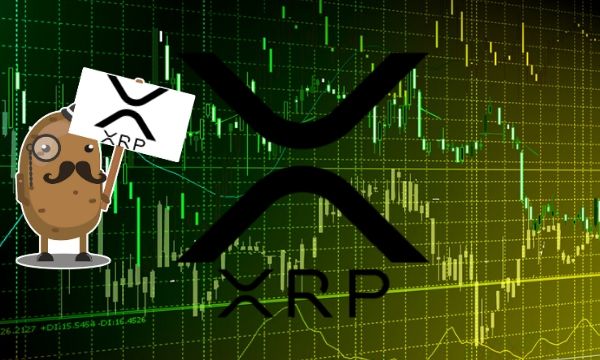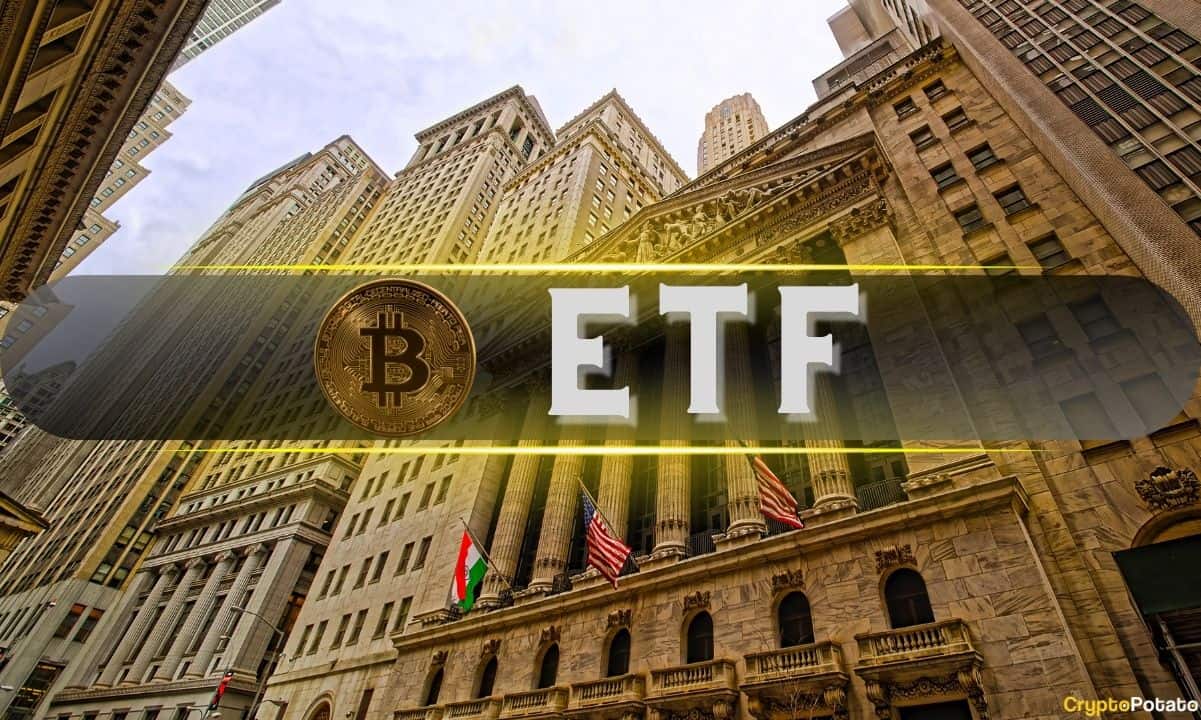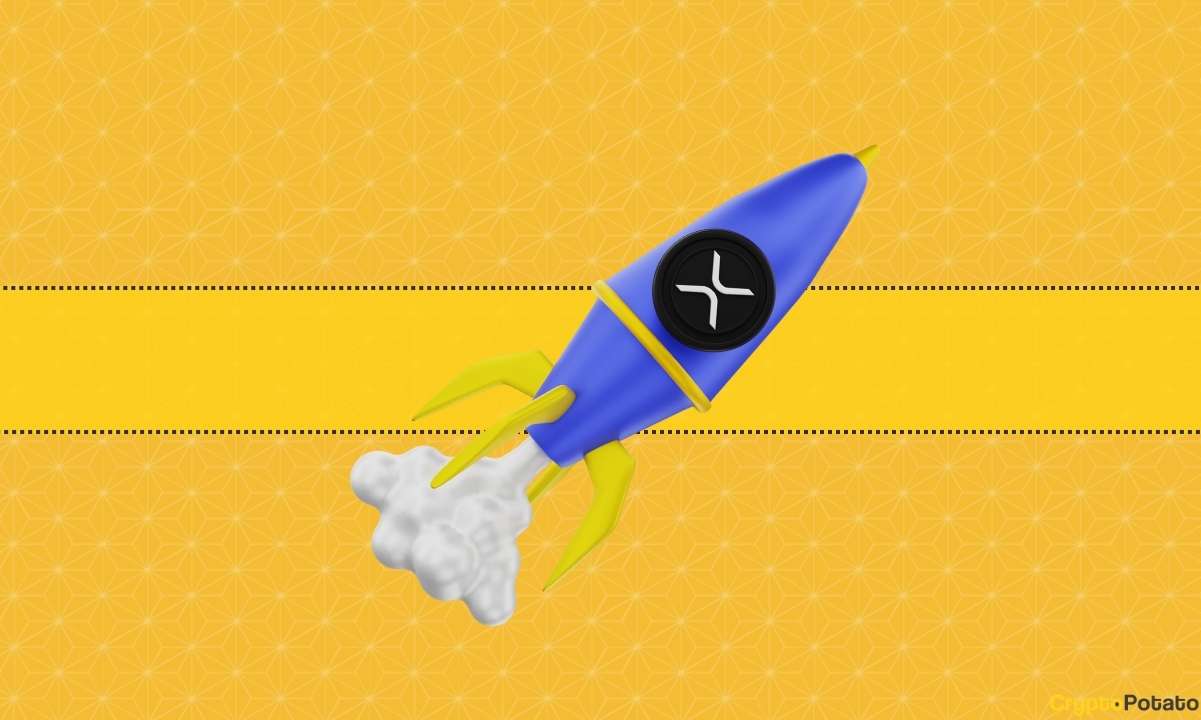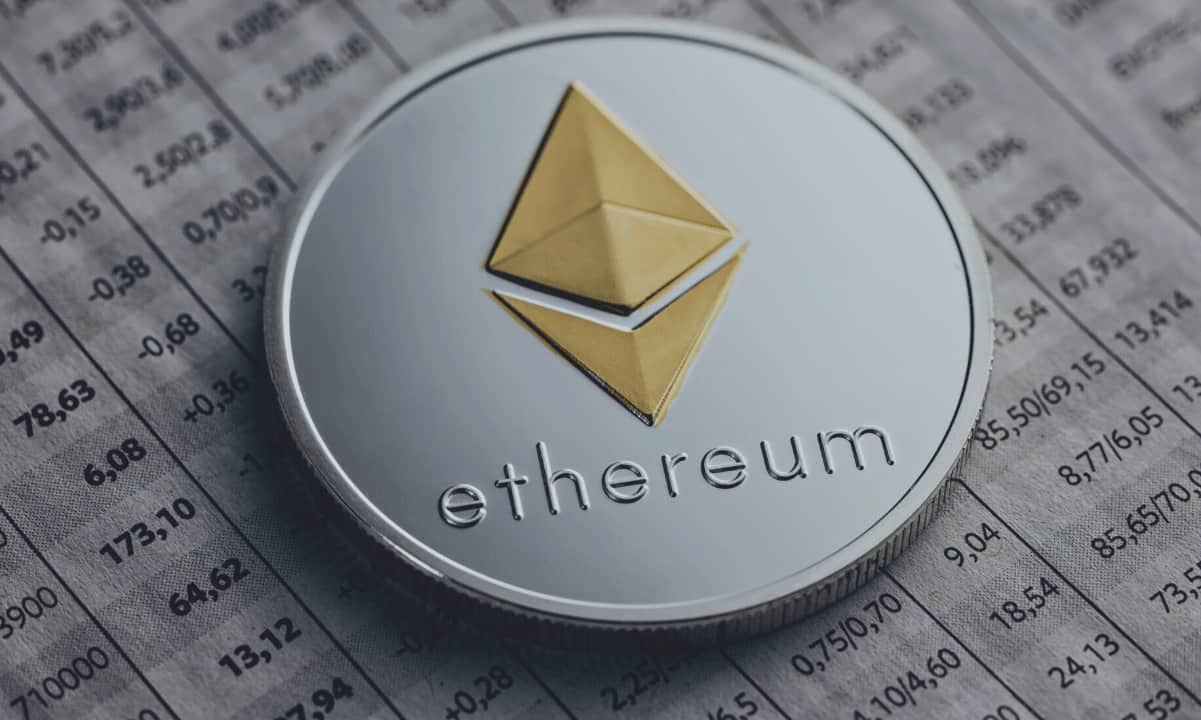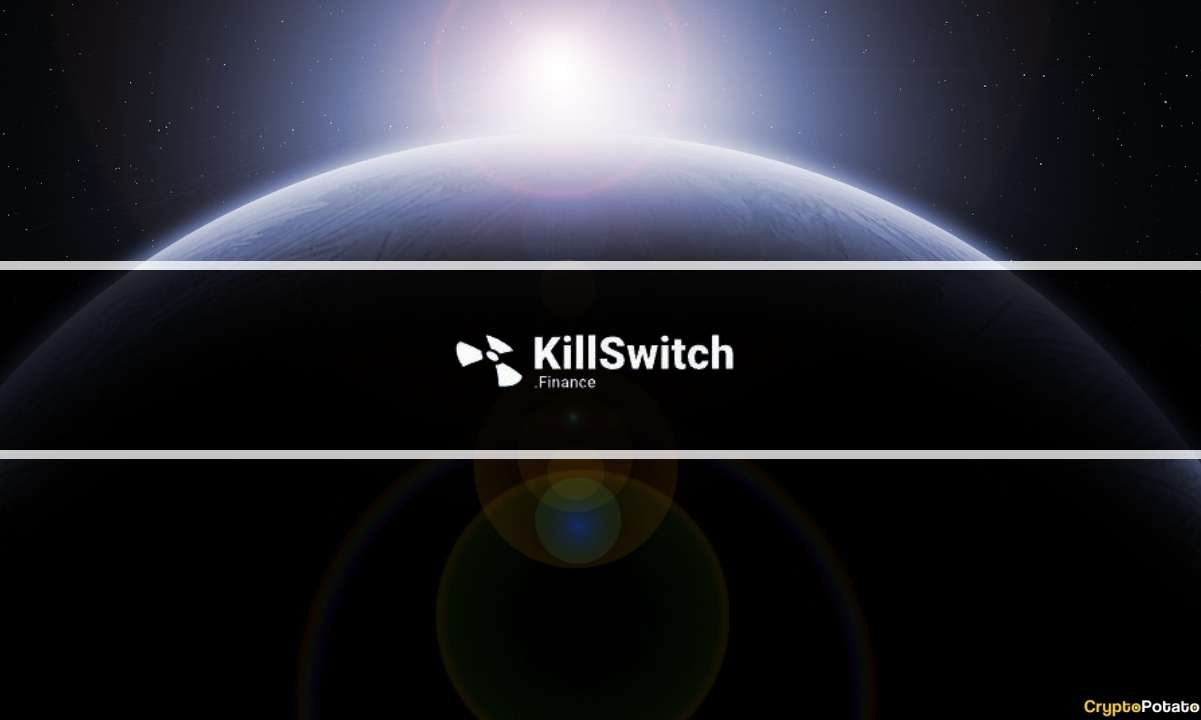Bitcoin Futures vs. Spot Trading: A New Report Reveals The Inverse Correlation During 2018 Bear Market
TL: DR
- Futures trading volumes were inversely correlated with spot trading volume throughout most of 2018
- This may have been due to retail investor interest declining as sophisticated investor interest increased
- The 2018 bear market showed that both spot and futures trading were negatively impacted
In late 2017, the introduction of futures trading to the crypto markets was an eye-opening event. For the first time, sophisticated and institutional investors would be able to bet on the future price of Bitcoin and other cryptocurrencies, going short or long, and placing leveraged trades. The multitude of options available to trade led to a significant boost in interest amongst the traditional finance world and the still maturing crypto market.
A recent report is looking back at how these futures trading products across the five largest US-based digital currency exchanges have evolved in the past year and through the current bear market.
Bitcoin futures products were first launched in the US by the Chicago Mercantile Exchange (CME Group) and Chicago Board Options Exchange (Cboe Global Markets). Both companies began competing Bitcoin futures products in December 2017. The latest data shows that CME is currently more dominant than Cboe based on trading volumes.
Another more surprising revelation was the data that showed futures trading volumes almost equaling spot trading volumes throughout 2018. On major exchanges like Coinbase, the spot trading volumes have declined 85% between January and October, in correlation with the decline of cryptocurrency prices in 2018.
Futures Trading Volume Nearly Reaches Parity with Spot Trading Volume
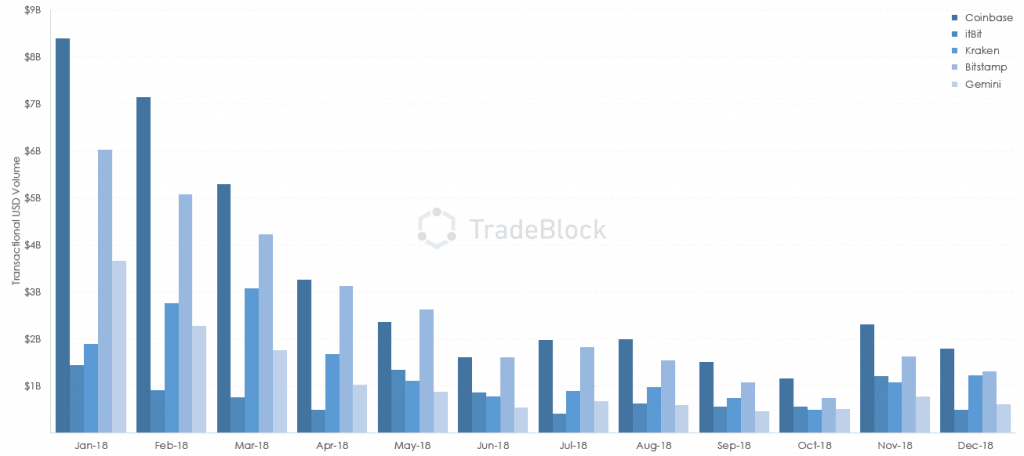
The most likely explanation for this is that many retail traders left the market as prices continued to fall, which also led to a drop in searches for terms like ‘bitcoin’ or ‘cryptocurrency.’
However, this drop in retail interest had no effect on futures trading volume, which rose between December 2017 and August 2018.
The chart shows that peak futures trading occurred between July and August 2018. This was at the same time that spot trading was at one of its lowest points of the year. Futures trading then fell during September and October, picked up significantly in November, before dropping back further down to its lowest point since January 2018.
As for spot trading, although we saw declines in spot trading volume all year, it too spiked up in November, before dropping slightly in December, but still showing an uptrend in November and December combined.
Overall, it seems like Futures trading and spot trading were inversely correlated during many months of the 2018 bear market; when one went up, the other went down.
This might have had to do with the fact that futures trades are primarily executed by sophisticated or institutional investors, while retail traders tend to stick with spot trading. So as less retail traders entered the market to make spot trades, more sophisticated traders filled some of that void by executing futures trades.
So what was so special about November that caused both future trading and spot trading to spike? Well, November was a defining moment for the 2018 bear market because that was when the price of Bitcoin dropped below $6,000, a critical support level that when broken resulted in the Bitcoin price plummeting to it its lowest levels since September 2017 – $3120.
This occurrence created very high levels of volatility and uncertainty, which likely contributed to the spot and futures trading spike.
When placed side by side, we can see that there was an overall decline in both futures and spot trading volume during 2018.
Futures Notional Trading Volume vs. Spot Notional Trading Volume
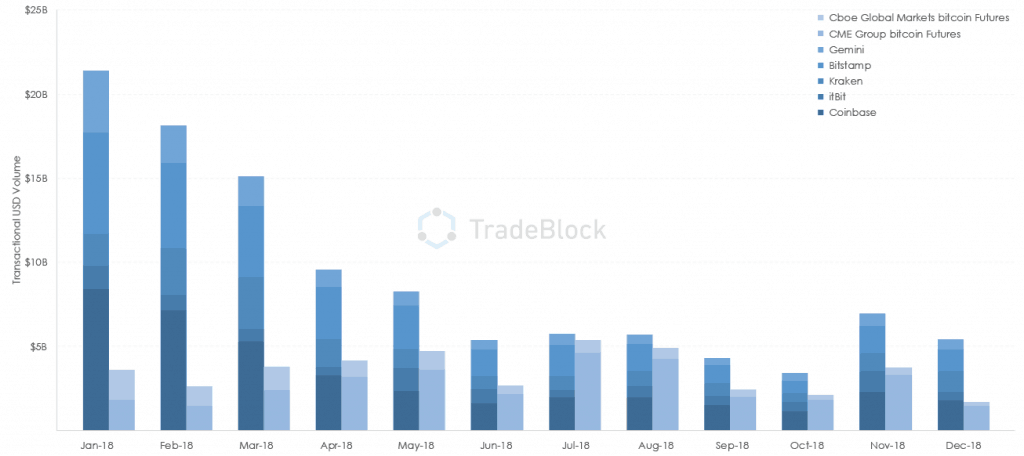
Ultimately, It will be interesting to see how these two types of trading contracts correlate in 2019. If this does turn out to be the start of a bull market, we may see the spot and futures trading volumes start to pick up at a more even pace.
The post Bitcoin Futures vs. Spot Trading: A New Report Reveals The Inverse Correlation During 2018 Bear Market appeared first on CryptoPotato.


